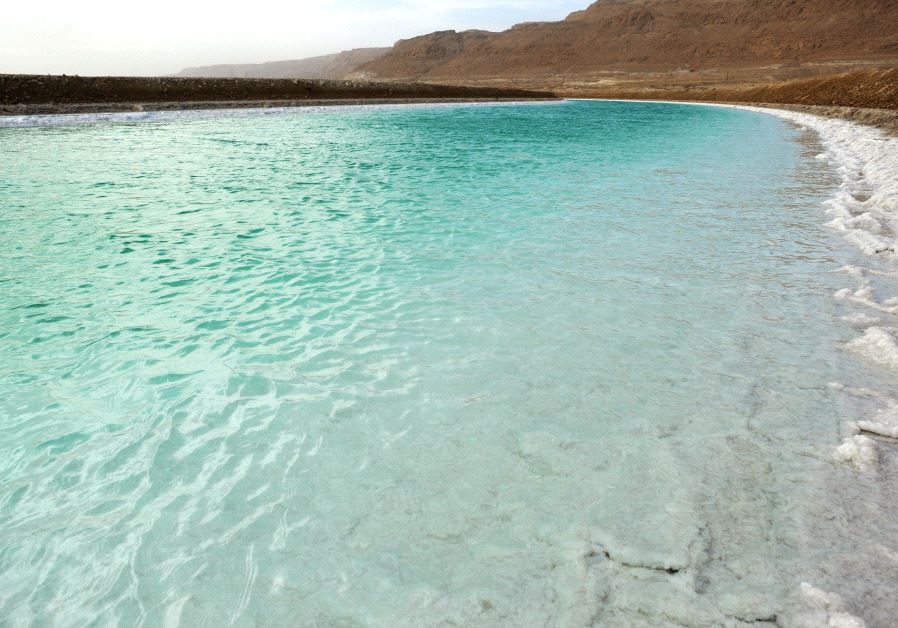The Dead Sea: a different kind of heritage
The salt sea has some 12 million years of geological and chemical history. Will efforts to stabilize its water level kill its very essence?
 A water canal near the Dead Sea(photo credit: MARK NEYMAN / GPO)Updated:
A water canal near the Dead Sea(photo credit: MARK NEYMAN / GPO)Updated: